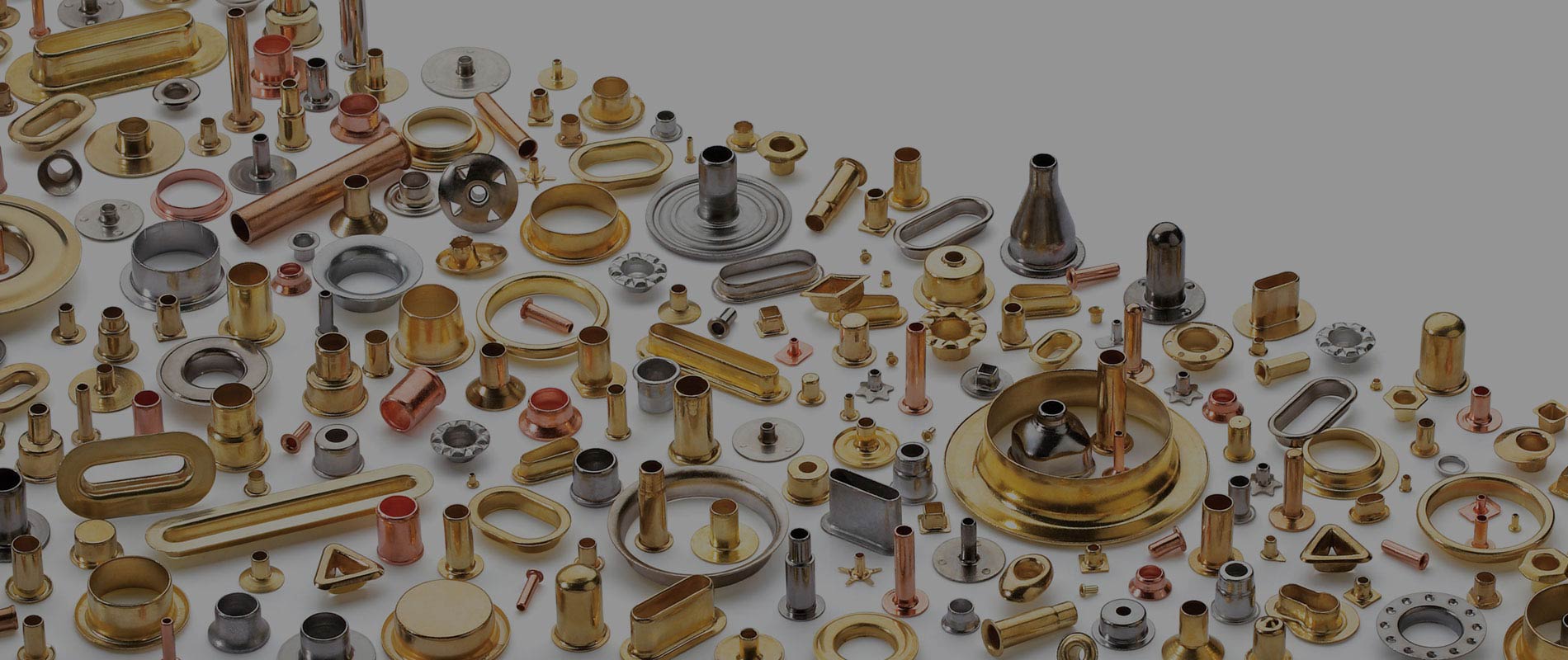- January 13, 2023
Picking Out A Suitable Rivet Machine
In the past, manual riveting was the only option. However, now that we have rivet machines, riveting has become much easier and far less expensive to perform. Industries all over the world have long since switched from manual riveting to using rivet machines.
Today, there is a wide variety of rivet machines on the market. With so many different types available, it can be hard to pick a suitable one for your requirements. This post will explore the various types of rivet machines and give you some tips on how to evaluate them based on your specific needs.
Manual Feed versus Automatic Feed Rivet Machine
The first thing you should do when choosing a rivet machine is to consider if you want a manual feed or automatic feed rivet machine. Manual feed riveting machines need some human guidance. Unless the manual rivet machine is set up with a pocket arrangement – that is a pair of metal fingers to hold the rivet in place as it is being set, it will probably not work very well. A standard hand press or foot press is a very poor alternative for a rivet machine. They will be difficult to get a good setting and there is always the possibility that your project will be ruined in the process. If a rivet is set incorrectly, it is very difficult to remove without damaging the product.
On the other hand, automatic feed machines do not require the operator to hand place the rivet. They depend on a feed track and a hopper to perform the feeding of the rivet to a pocket arrangement and result in nearly 100% perfect settings. These machines can be foot powered, electric powered . Air powered machines are not recommended because a rivet is set best with a quick stroke. A good analogy would be a nail and a hammer. Driving a nail into a piece of wood with a few sharp blows works well. Try pushing a nail into a piece of wood slowly and you will see why an air powered rivet machine is not as effective as an electric or even a foot powered machine.
Orbital/Radial versus Impact Rivet Machines
Broadly speaking, there are two main groups of rivet machines, orbital/radial and impact.
Orbital rivet machines are defined by their spinning forming tool that, when slowly lowered, gives the rivet its desired shape. The advantage of orbital machines is that they offer a bit more control over the final product but the downside is the high cost and also these types of rivet machines tend to have a longer cycle time and slow down production.
Impact rivet machines operate by driving the rivet in a downward motion quickly with force. This allows materials to be joined to each other. The downward motion forces the materials together and forces the end of the rivet onto a forming tool, which is known as a setting die. The setting die makes the rivet flare outwards, joining the two materials together. There are two types of setting dies. One that rolls the rivet end over like a donut which works well on stiff material like thick leather, cardboard or metal. The other type of setting tools is a scored setting which splits the end of the rivet into 8 equal segments like the pedals of a flower and curls the segments back into the product. This type of setting is good for softer materials like leather and certain types of clothing because for materials that are pliable, it gives a much stronger setting. Impact rivet machines operate much faster than orbital rivet machines. This makes them ideal for businesses with larger assembly work, as they will be able to operate at a lower cost. Although impact riveting is generally a semi-automatic process, these rivet machines can still be integrated with automated advancements. Depending on the type of machine, they operate with or without pneumatic components.
What to Take Away
Rivet machines have a wide variety of applications. They are used in the manufacturing of all sorts of things from leather goods to mobile phones to components for aircraft and trains. When you are choosing your rivet machine, remember to think about the amount of automation required, the desired speed, the materials used and the throat depth of the machine. If you need to put a rivet into a piece of metal and the rivet is 10 inches from the closest edge, you will need a machine with a throat depth of at least 10 inches. Different types of rivet machines are designed for different purposes and it is important to consider rivet machines based on your specific requirements. At Siska, we can help you choose the proper type rivet machine and rivets for your application.
